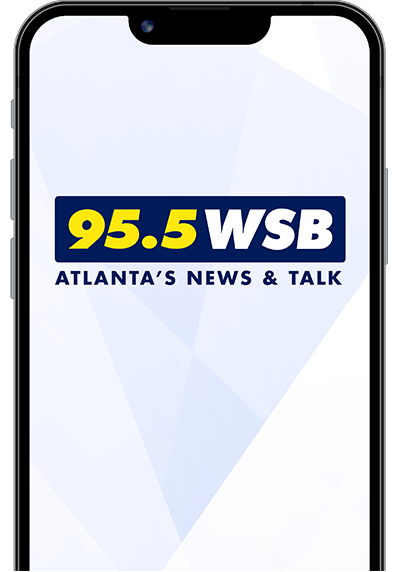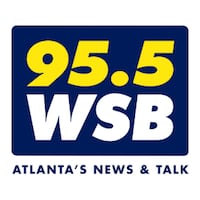Friday marks the 60th anniversary of “Bloody Sunday,” a pivotal moment in the Civil Rights Movement. On March 7, 1965, hundreds of civil rights activists, including the late Congressman John Lewis, gathered in Selma for a peaceful march demanding voting rights. However, that peaceful march was violently interrupted on the Edmund Pettus Bridge by Alabama State Troopers, an act that would spark national outrage and drive momentum for the Voting Rights Act of 1965.
The troopers and local police attacked the unarmed group with clubs and tear gas. Lewis, then 25, was hit so hard by one officer that his skull was fractured. He spent three days in the hospital.
This weekend, a series of events will commemorate the momentous day, with Georgia Senator Raphael Warnock announcing he will make the trip to Selma to honor the legacy of those who fought for justice. A key highlight of the anniversary weekend is the unveiling of two plaques at the foot of the Edmund Pettus Bridge, installed by the John and Lillian Miles-Lewis Foundation, which was named in honor of Lewis.
“We wanted to honor the people of Selma, but also the unity that it took for many people to push for positive change in American history,” says Detria Eveson, president and CEO of the John and Lillian Myers Lewis Foundation. The new plaques go beyond the well-known faces of “Bloody Sunday,” telling the broader story of the voting rights struggle, which began in 1918.
“We’re talking about the people who had meetings, the churches that were brave enough to hold mass meetings, young people who participated in the Children’s March, and students who walked out of class to stand up for their rights,” said Everson. “We’re also talking about the local entrepreneurs who supported and funded the work.”
The plaques, which provide historical context and acknowledge the contributions of those who were not widely recognized, aim to educate and empower visitors.
“Our hope is that these plaques inspire people to get involved, roll up their sleeves, help make their communities better, and shape our tomorrow,” Everson continued.
For those visiting the Edmund Pettus Bridge, the plaques offer a vivid reminder of the struggle for voting rights. The plaques include QR codes which take visitors to a JLMLF “The Voting Rights Journey” web page where they can see and hear moments from that actual first Selma to Montgomery march in 1965.
The markers were made and unveiled with the partnership of the City of Selma, the Historic Tabernacle Baptist Church Legacy Foundation, and the National Park Service with the support of Wells Fargo. They stand at the foot of the Pettus Bridge, flanking the entrance to Songs of Selma Park. Congressman Lewis’s fraternity, Phi Beta Sigma, also played a role.
“The unity and collective effort required to push for change is something we want to honor,” Everson said. “This installation is a tribute to the people of Selma and to the work that was done to change American history.”
WSB Radio’s Ashley Simmons contributed to this story.






























